During my recent trip to China, I finally had the chance to visit Shanghai—a city that has captivated my imagination for years. Known for its iconic skyline and vibrant art scene, the city has long been at the top of my travel list. From contemporary art exhibitions and galleries to fairs and festivals, Shanghai is a whirlwind of artistic energy.
At first, I must admit, Shanghai didn’t charm me quite as instantly as Beijing did. However, with the help of new and old friends, I began to uncover the city’s unique allure and elegant quirks. Shanghai is a place where ancient traditions seamlessly intertwine with futuristic innovation, and where East meets West in a way that feels both natural and exciting. It’s no wonder that the city is home to a significant expat community and a thriving international business scene.
This global influence is deeply felt in Shanghai’s contemporary art landscape. The city has emerged as a major hub for contemporary art, attracting both international and Chinese galleries to set up shop. Shanghai’s dynamic cultural scene mirrors the rapid growth and transformation of the city itself, making it a must-visit destination for art lovers.
Among Shanghai’s many art institutions, three contemporary art museums stand out for their unique contributions: the Power Station of Art, the West Bund Museum x Centre Pompidou, and the Rockbund Art Museum. Each offers a distinctive lens through which to experience Shanghai’s contemporary art scene, blending local and international influences in spaces steeped in history and culture. These museums provide not just art, but a deep, immersive experience that reflects the essence of Shanghai itself.
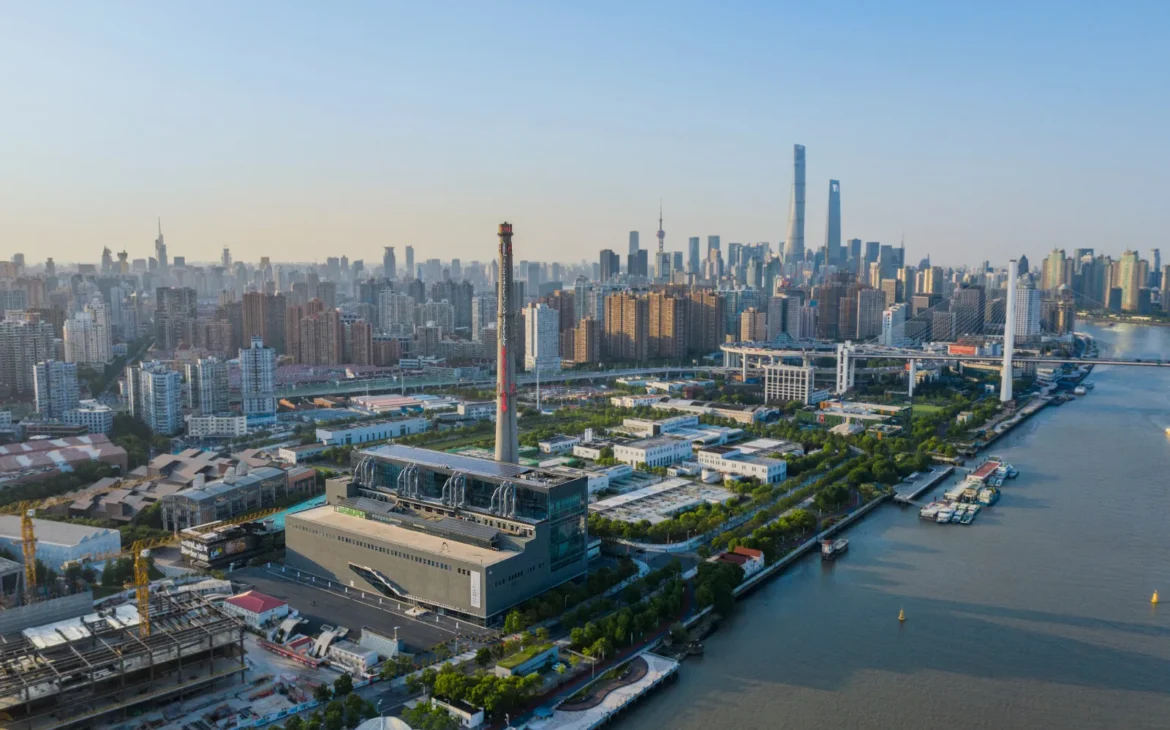
Power Station of Art (PSA)
When you need to decide which museum to visit first in Shanghai, to me the choice is fairly simple. The Power Station of Art (PSA) is a landmark in Shanghai’s contemporary art scene and holds the distinction of being the city’s first state-run museum dedicated to contemporary art, making it the perfect location to start your Shanghainese contemporary art hunt.
Located in the Huangpu District along the Riverside, this museum is housed in a converted power plant, which once served the World Expo 2010. The industrial architecture of the building, with its towering chimney and vast spaces, provides a dramatic backdrop for the art displayed within.
Since its opening in 2012, PSA has become a cornerstone for contemporary art in China, hosting a wide range of exhibitions that feature both established and emerging artists. The museum is also the permanent home of the Shanghai Biennale, an event that draws art lovers from around the world. After exploring the thought-provoking exhibitions at PSA, visitors can enjoy a walk along the Huangpu River, taking in the panoramic views of Shanghai’s skyline. Moreover, the museum is fairly close to the West Bund area as well, making it the perfect destination to comprise a whole day of contemporary art exploration.
Power Station of Art
200 Hua Yuan Gang Lu, Huangpu Qu, Shanghai
Info, tickets, and opening hours: powerstationofart.com
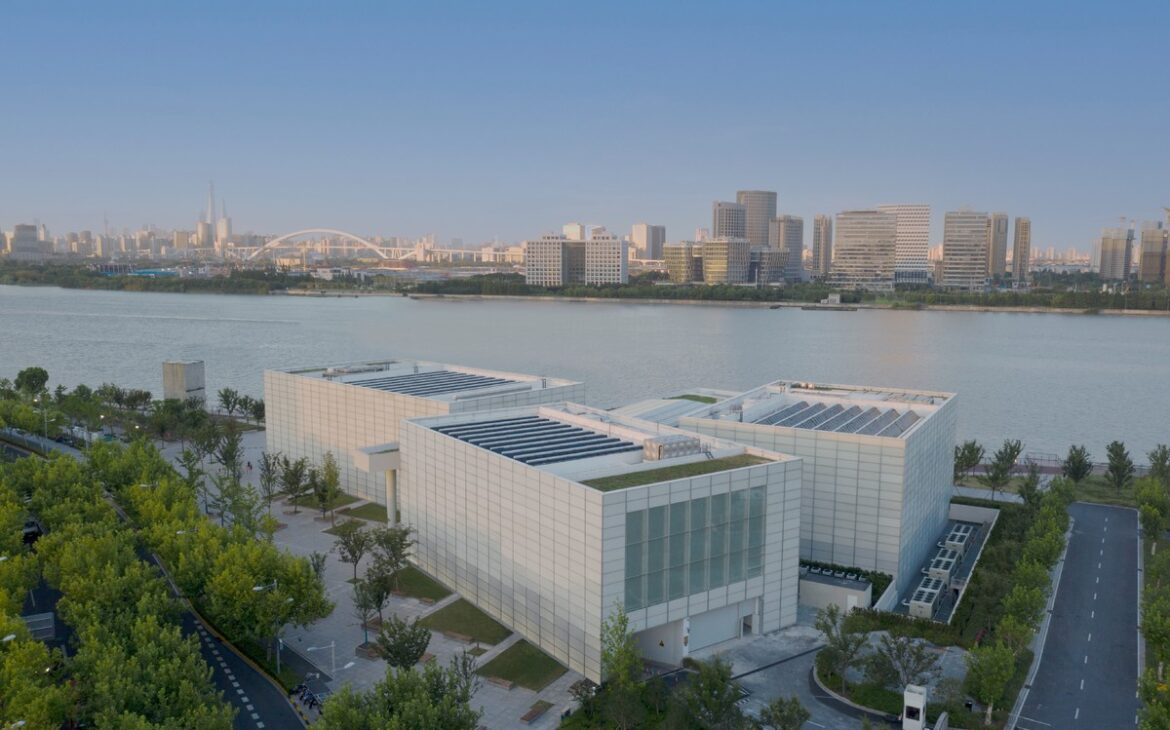
West Bund Museum
Speaking of East meets West in Shanghai, the second museum that should be on every contemporary art lover’s map of Shanghai is the West Bund Museum. Located in the West Bund area, the museum is one of the primary attractions of the neighborhood both for its incredible offer and for the quality of its exhibitions.
Thanks to a unique collaboration between Shanghai and Paris, the West Bund Museum is a testament to the city’s growing influence in the global contemporary art world. Opened in 2019, this museum is the result of a partnership between the West Bund Group and the Centre Pompidou, one of Europe’s most prestigious art institutions. The museum’s sleek, modern design, crafted by British architect David Chipperfield, reflects its commitment to contemporary art and international cultural exchange.
The West Bund Museum offers an ever-evolving series of exhibitions drawn from the vast collection of the Centre Pompidou, showcasing works from some of the most influential artists of the 20th and 21st centuries, both local and international. The West Bund area itself is rapidly becoming a cultural hotspot, with a concentration of art galleries, museums, and creative spaces, making it an ideal destination for art lovers. A visit to the West Bund Museum provides not only a deep dive into contemporary art but also a glimpse into the future of Shanghai’s cultural development.
West Bund Museum
No.2600 Longteng Avenue, Xuihui District, Shanghai
Info, tickets, and opening hours: wbmshanghai.com
Rockbund Art Museum
Jumping to another iconic area of Shanghai, the last museum we are considering today is the Rockbund Art Museum. Nestled in the historic Bund area of Shanghai, steps away from the famous river promenade where you can enjoy the best view over Shanghai’s skyline, the museum is a real gem of the city’s contemporary art scene.
Housed in a beautifully restored Art Deco building that once served as the Royal Asiatic Society, the museum opened in 2010 and focuses on promoting innovative and experimental projects, making it a platform for both Chinese and international artists who push the boundaries of contemporary art.
RAM’s location in the Bund area adds another layer to the visitor experience, as the museum sits among some of Shanghai’s most iconic architecture and landmarks, and in a neighborhood rich in museums and contemporary art galleries. After immersing yourself in the cutting-edge exhibitions at Rockbund Art Museum, you can explore the surrounding area, known for its mix of colonial-era buildings and modern skyscrapers. The Bund offers a rich historical context that complements the forward-looking art housed within the museum, making a visit to RAM a truly unique experience.
Rockbund Art Museum
20 Huqiu Road, Huangpu District, Shanghai
Info, tickets, and opening hours: rockbundartmuseum.org




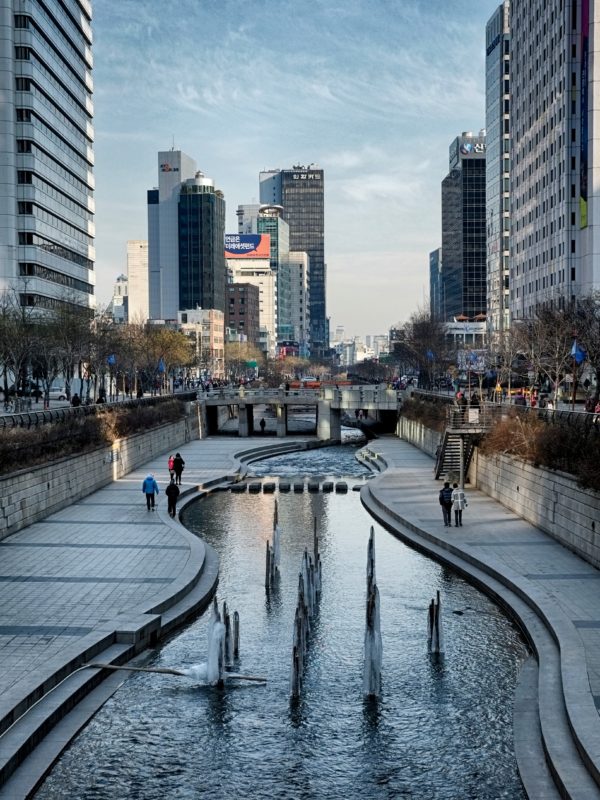

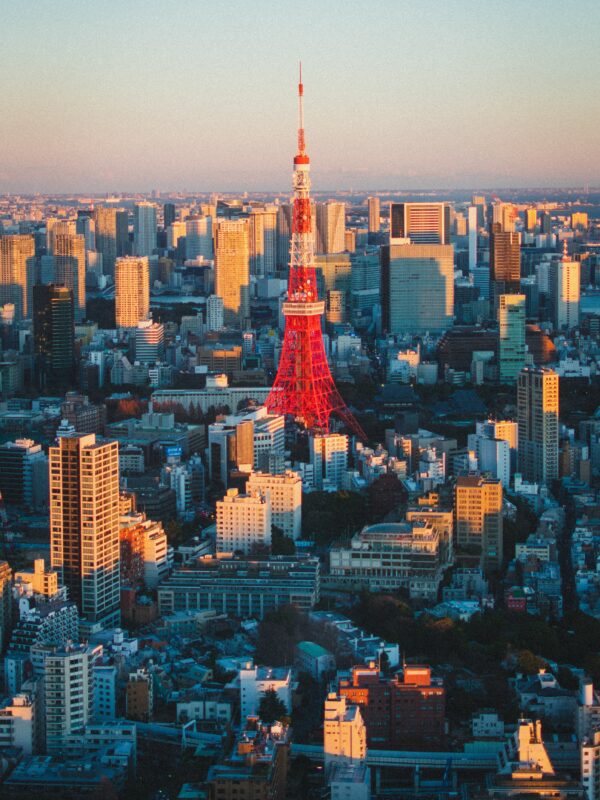


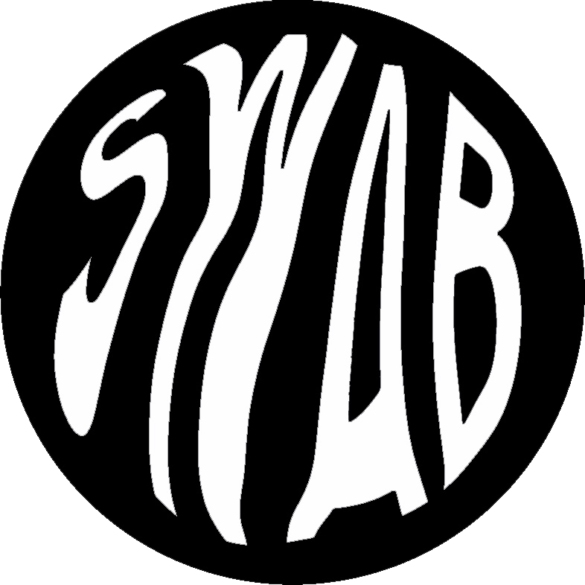

Get in touch